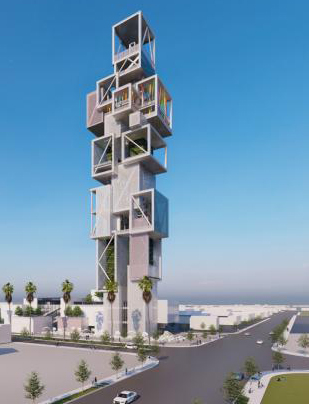
Studio Libeskind Museum Tower
Vertical Design Studio
 Studio Libeskind Museum Tower |
Arch
454/554
Vertical Design Studio |
National Pulse Memorial & Museum
The course is being offered as a vertical studio.
Concept
Your project’s concept is not the form, shape, or floor-plan; it is much better to frame it as a question that you are trying to answer.—Jeanne Gang, Studio Gang
Project Brief
[Sustainability] is going to take forever. And that’s the point.—William McDonough
COMPETITION OVERVIEW The National Pulse Memorial & Museum International Design Competition, developed and led by Dovetail Design Strategists, the country’s leading independent architect selection firm, launched on March 25, 2019, and was structured in two stages.
Stage I was an open call—where architects from across the globe were invited to form and lead a visionary, multi-disciplinary team to include urban design, landscape design, and exhibition design professionals, as well as artists. The competition attracted 68 teams representing 19 countries. In total, 168 firms and 47 individual artists participated on those teams. A selection committee of onePULSE Foundation stakeholders chose six world-class teams that strongly displayed empathetic sensibilities and a deep understanding of the complexity of this project.
Stage II. These six shortlisted teams were invited to participate in Stage II of the competition where they were asked to develop concept designs that make one message clear: We will not let hate win.
Full competition info at https://onepulsefoundation.org/international-design-competition/
|
Your Challenge is to
work as the project architecture team to develop one of the short-listed designs
to a buildable project. The winning team
announcement declared, "The
winning team’s concept design serves as a starting point for discussion and a
basis for the design but is not the final, finished memorial and museum. Over
the next year, Coldefy with RDAI | HHCP will work to further refine the designs
so they can best reflect community feedback." In a similar vein, your team will take your assigned project beyond concept to schematic design while maintaining the concept and meeting criteria for Architecture 2030 and addressing the AIA-declared Climate Crisis. |
Our question is, "How can you build sustainably in Central Florida?"
https://www.architectureeducationdeclares.com/
https://architecture2030.org/aia-climate-action-urgent-sustained/
https://www.ribaj.com/culture/stirling-prize-winners-issue-climate-emergency-plan-of-action
https://www.architectsdeclare.com/
Project Resources
| Wood for humid climates: https://www.accoya.com/ | ||
The other goals for your project are:
Carbon Neutral
Energy Positive
Waste Neutral
Water Efficient
Stormwater Neutral
Durable
Beautiful
The importance of building for a sustainable, perhaps regenerative future is driven home by a wide variety of advocates—from Arup to Architecture2030, to the UIA World Congress 2050 Imperative, to the 2016 Paris Accord (the US is still a participant until 2020), to Pope Francis who in his 2015 Encyclical urges us to act, "I urgently appeal, then, for a new dialogue about how we are shaping the future of our planet. We need a conversation which includes everyone, since the environmental challenge we are undergoing, and its human roots, concern and affect us all. The worldwide ecological movement has already made considerable progress and led to the establishment of numerous organizations committed to raising awareness of these challenges. Regrettably, many efforts to seek concrete solutions to the environmental crisis have proved ineffective, not only because of powerful opposition but also because of a more general lack of interest. Obstructionist attitudes, even on the part of believers, can range from denial of the problem to indifference, nonchalant resignation or blind confidence in technical solutions. We require a new and universal solidarity. As the bishops of Southern Africa have stated: “Everyone’s talents and involvement are needed to redress the damage caused by human abuse of God’s creation.” All of us can cooperate as instruments of God for the care of creation, each according to his or her own culture, experience, involvements and talents."
Architecture 2030’s 2030 Palette will provide design guidance to help answer, "Can you design a building that will resonate with future conditions of its local environment and the needs of the global community?"
References
https://www.architectsdeclare.com/
http://architecture2030.org/programs/2030-palette/
http://www.architecturalrecord.com/articles/12039-continuing-education-biophilia
http://www.woodworks.org/wp-content/uploads/CS-Bullitt.pdf
This course aims to meet the NAAB Student Performance Criteria in Realm A, Critical Thinking and Representation, and Realm B, Building Practices, Technical Skills, and Knowledge.
Realm A: Critical Thinking and Representation. Graduates from NAAB-accredited programs must be able to build abstract relationships and understand the impact of ideas based on the study and analysis of multiple theoretical, social, political, economic, cultural, and environmental contexts. Graduates must also be able to use a diverse range of skills to think about and convey architectural ideas, including writing, investigating, speaking, drawing, and modeling.
Student learning aspirations for realm A include:
Realm B: Building Practices, Technical Skills, and Knowledge. Graduates from NAAB-accredited programs must be able to comprehend the technical aspects of design, systems, and materials and be able to apply that comprehension to architectural solutions. In addition, the impact of such decisions on the environment must be well considered.
Student learning aspirations for realm B include:
See pages 15-17 of NAAB's 2014 Conditions http://www.naab.org/accreditation/2014_Conditions for details.
Bruce will be happy to critique anyone on any day after the scheduled crits!
| Monday | Wednesday | Friday | |
| Jan |
13 No class |
15
Studio Intro/Organization |
17 Research Assignment |
| 20
MLK Day No Class |
22 Desk Crits |
24 Conceptual Design Presentation Red Room |
|
| 27 Desk Crits | 29 Desk Crits | 31 Desk Crits | |
| Feb | 3 Desk Crits | 5 Desk Crits |
7 Climate/Site Crit Shop Crit....Hala |
| 10 Desk Crits | 12 Desk Crits | 14 Desk Crits | |
|
17
Presidents Day No class |
19 Desk Crits |
21 Structure Crit 3:30 Red Room...Carolina |
|
| 24 Desk Crits | 26 Desk Crits | 28 Desk Crits | |
| Mar | 2 Desk Crits | 4 Desk Crits |
6
Enclosure Crit Shop Crit...Diane |
| 9 Desk Crits | 11 Desk Crits |
13
Desk Crits
|
|
| 16 Spring | 18 Break | 20 No class | |
| 23 Desk Crits | 25 Desk Crits |
27 Integration Crit 1 Red Room...Hala + Omar |
|
| 5:00 Kiel Moe, Clearwater | |||
| Apr | 30 Desk Crits | 1 Desk Crits | 3 Desk Crits |
|
6 Desk Crits |
8
Desk Crits |
10 Integration Crit 2 Shop Crit...Scott |
|
|
13 Desk Crits |
15 Desk Crits |
17 Desk Crits |
|
| 20 Desk Crits | 22 Desk Crits |
24 Penultimate Design Presentation Shop Crit...Phil |
|
| 27 Desk Crits | 29 Desk Crits | 1 Desk Crits | |
| May | 4 Crit Week |
6 Final Design Presentations
|
8 Debrief/Celebrate |
| 10 Finals Week | 12
No Final |
14 |
Archival Projects
| Spring 2019 Musical Performance on the Palouse |
||
| Leah Bafus | Jackson Miller | Lauren Johnson |
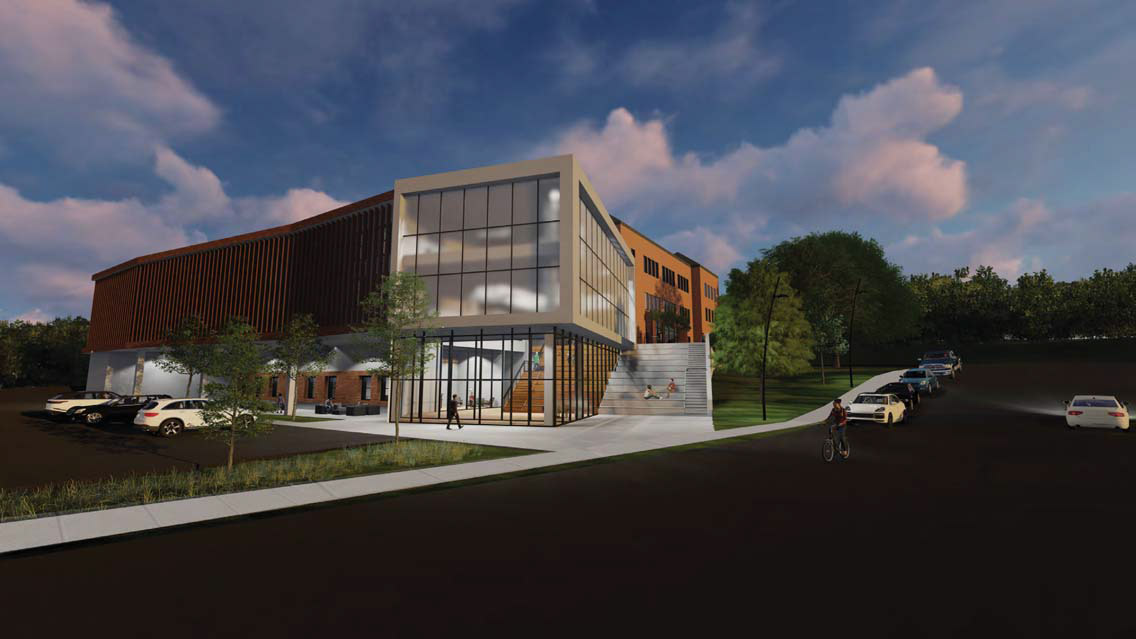 |
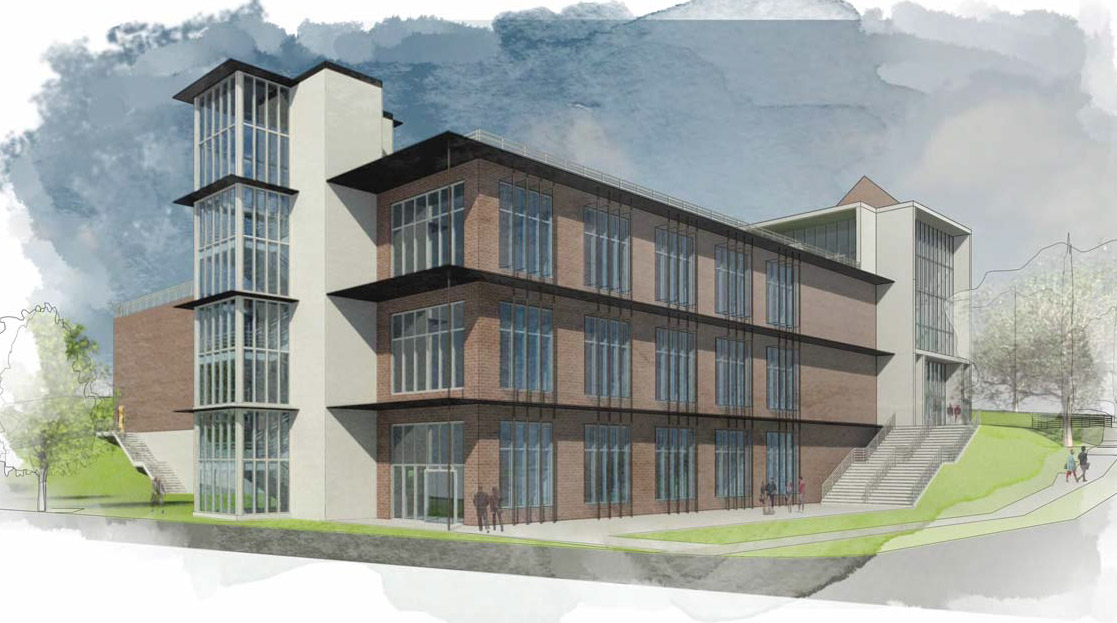 |
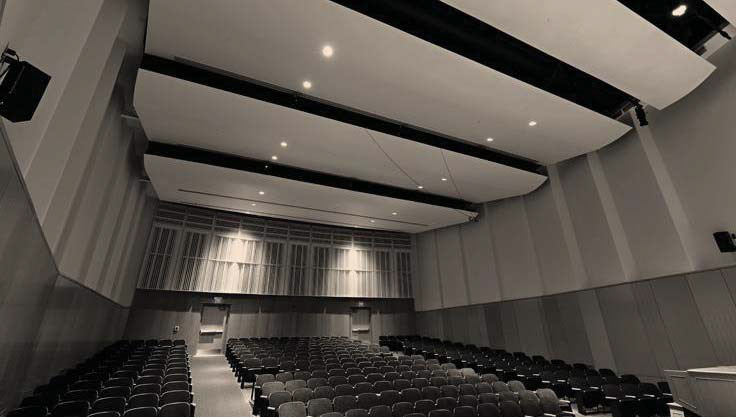 |
| Mai-Anh Doan | Gaelle Sawadogo | Beniya Shakya |
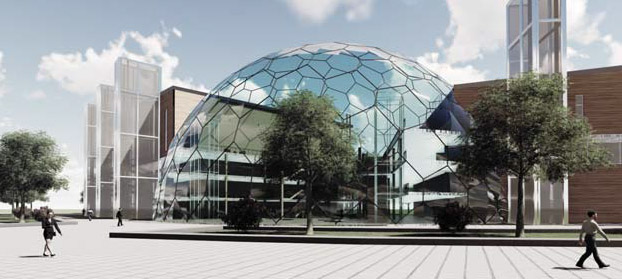 |
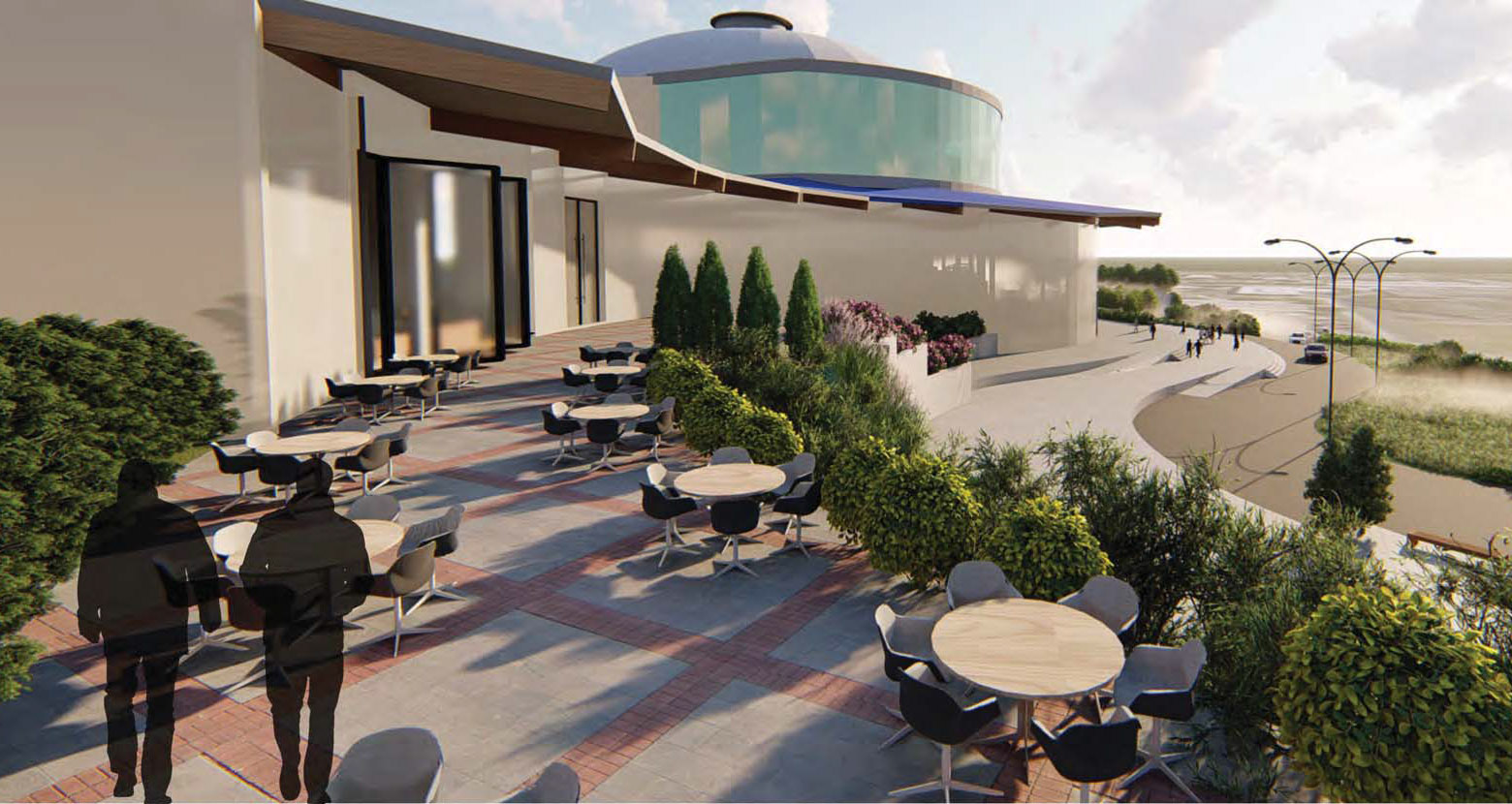 |
| Fall 2018 Palouse Prairie Charter School: Safe and Sustainable |
||
|
Aura Kangasniemi Kayla Duclos Nick Grover |
Mae
Baja Kia Terho Karlee Peterson |
Abby
Korn Jackson Miller |
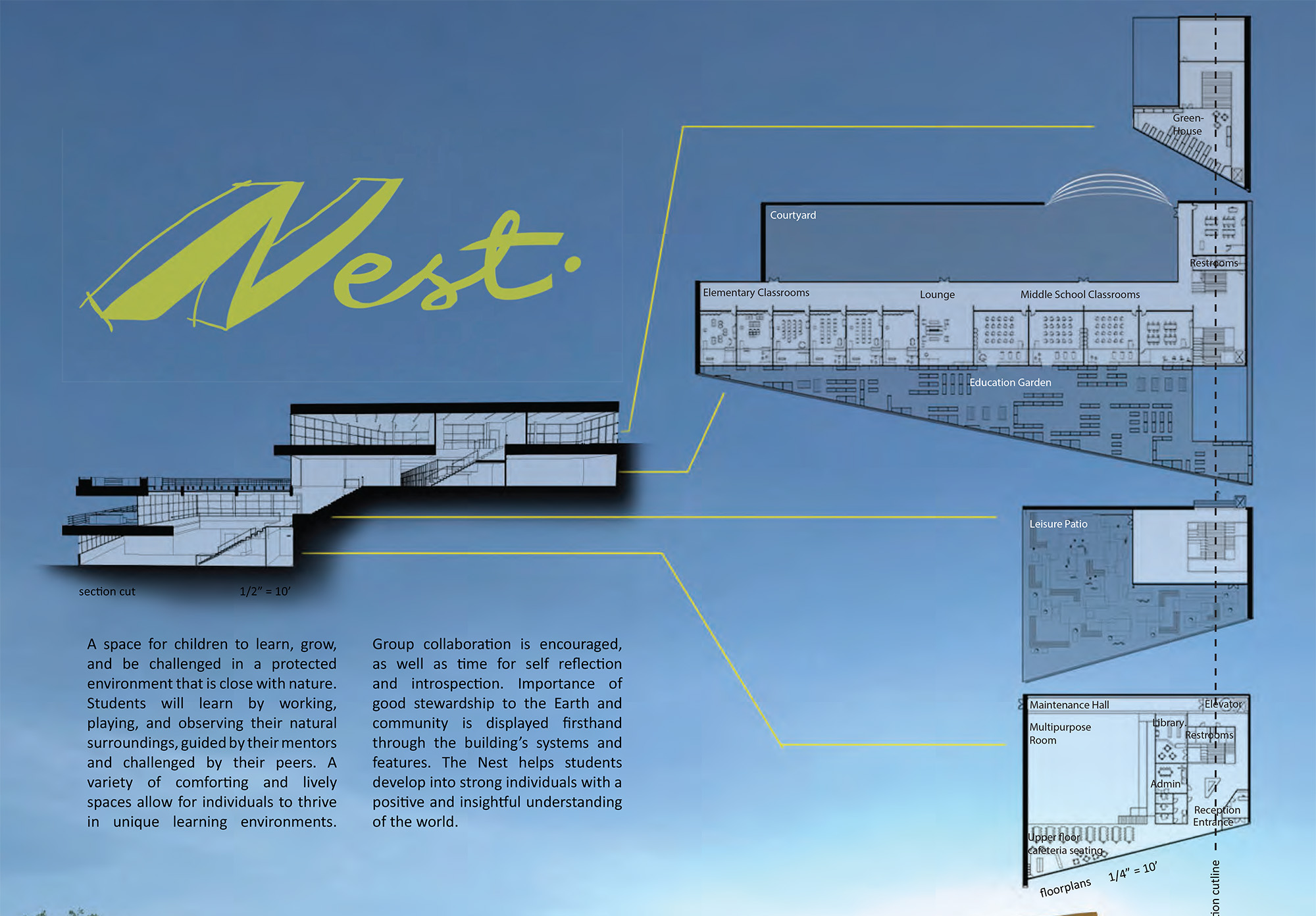 |
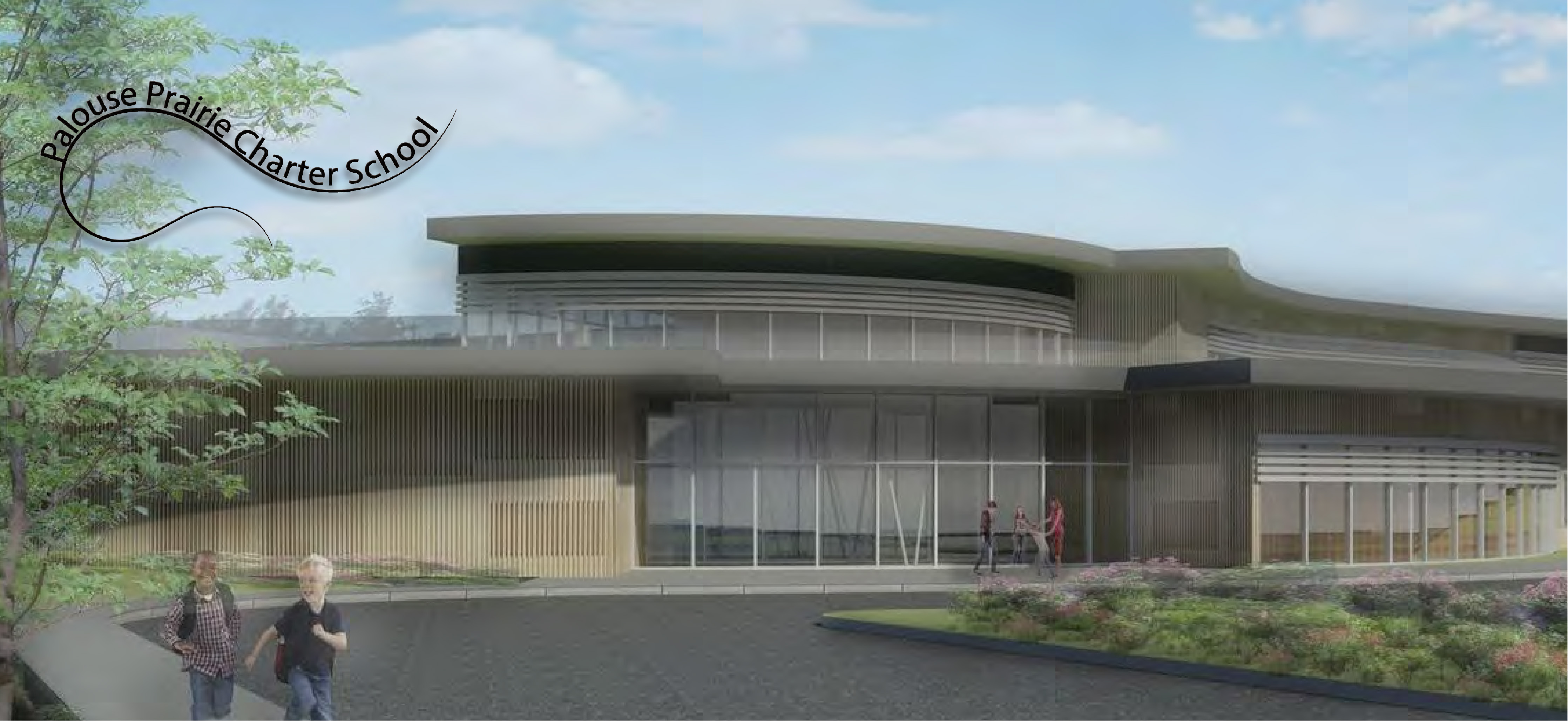 |
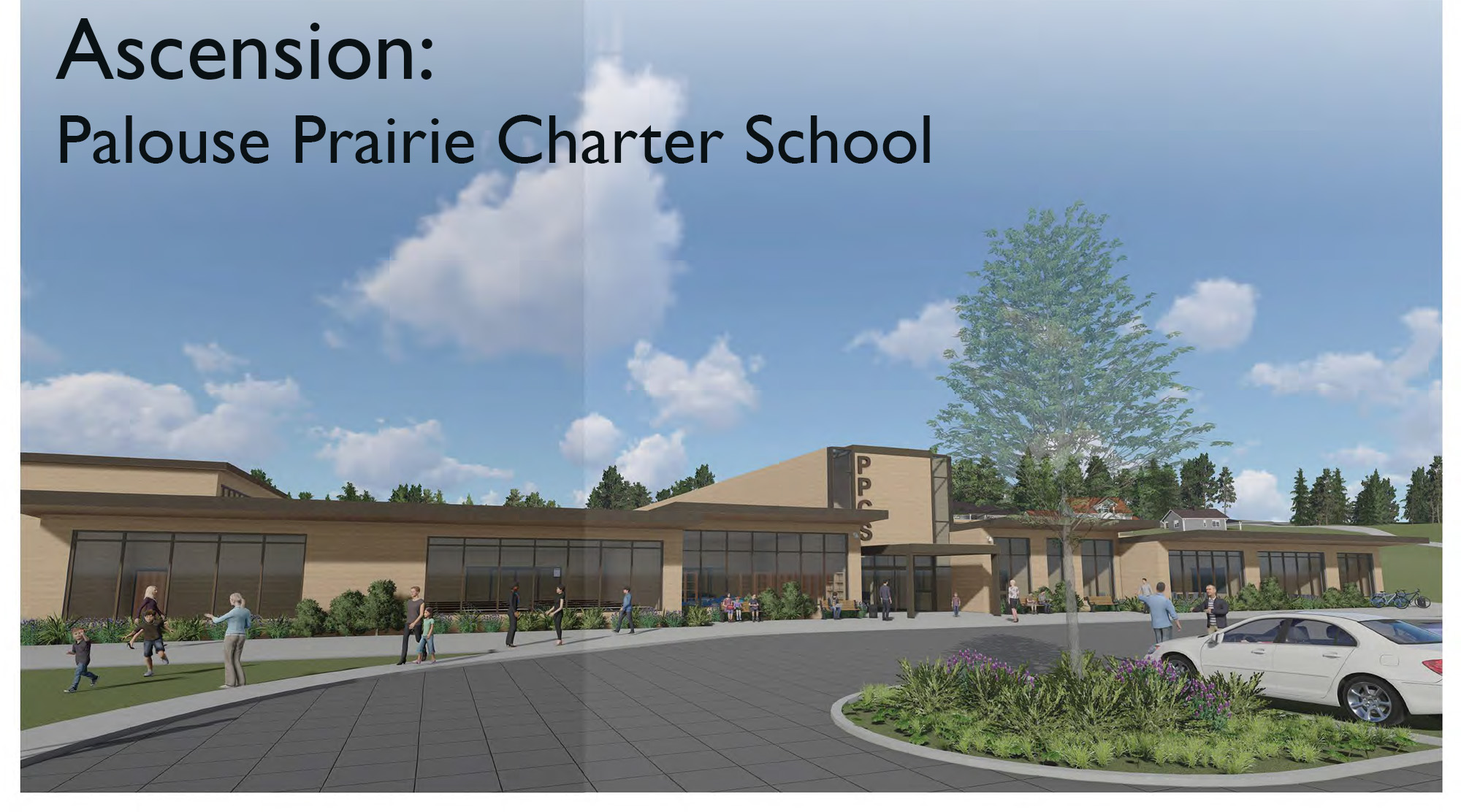 |
|
Catherine Flerchinger Kade Hern Garrett Lyons |
Lauren
Johnson Nate Wilde Esmeralda Deloera |
Alex
Nelson Samantha Jesser Zhimin Zhu |
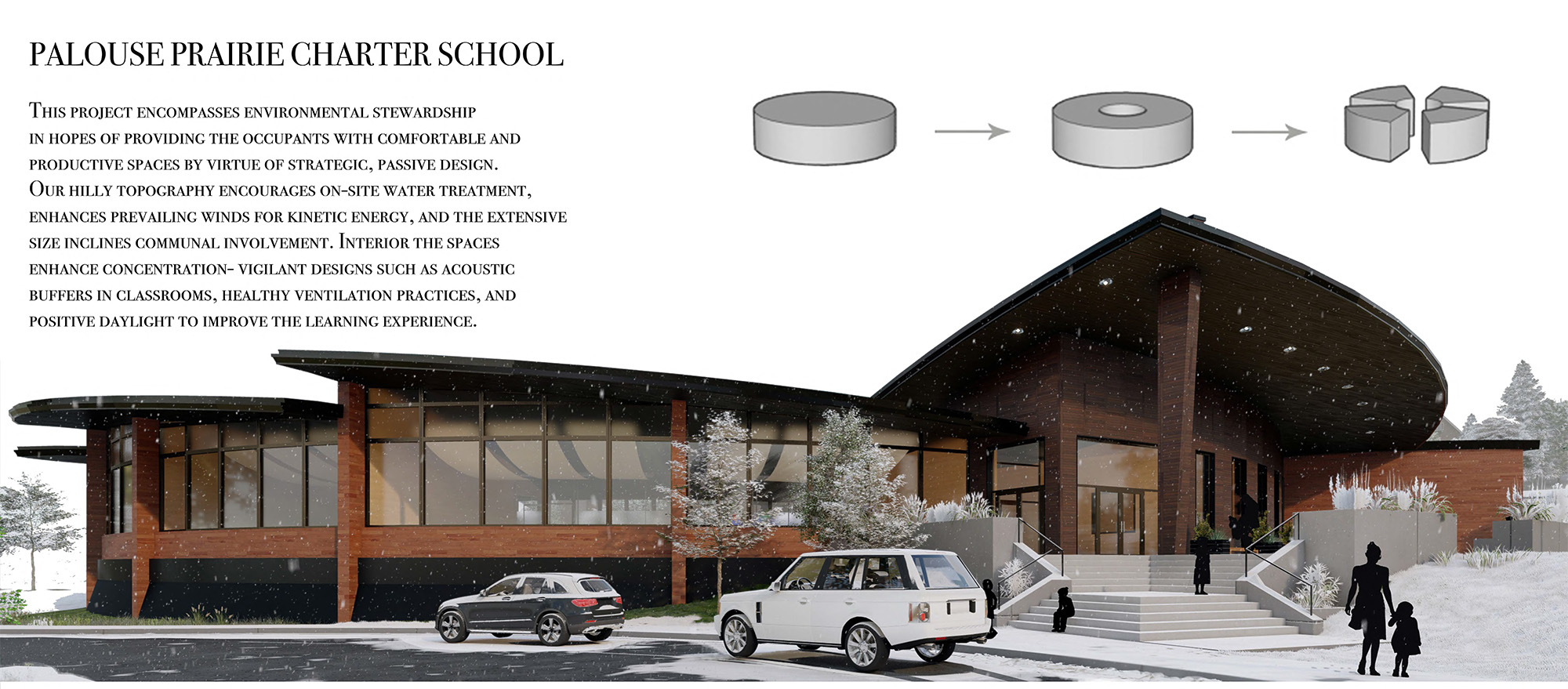 |
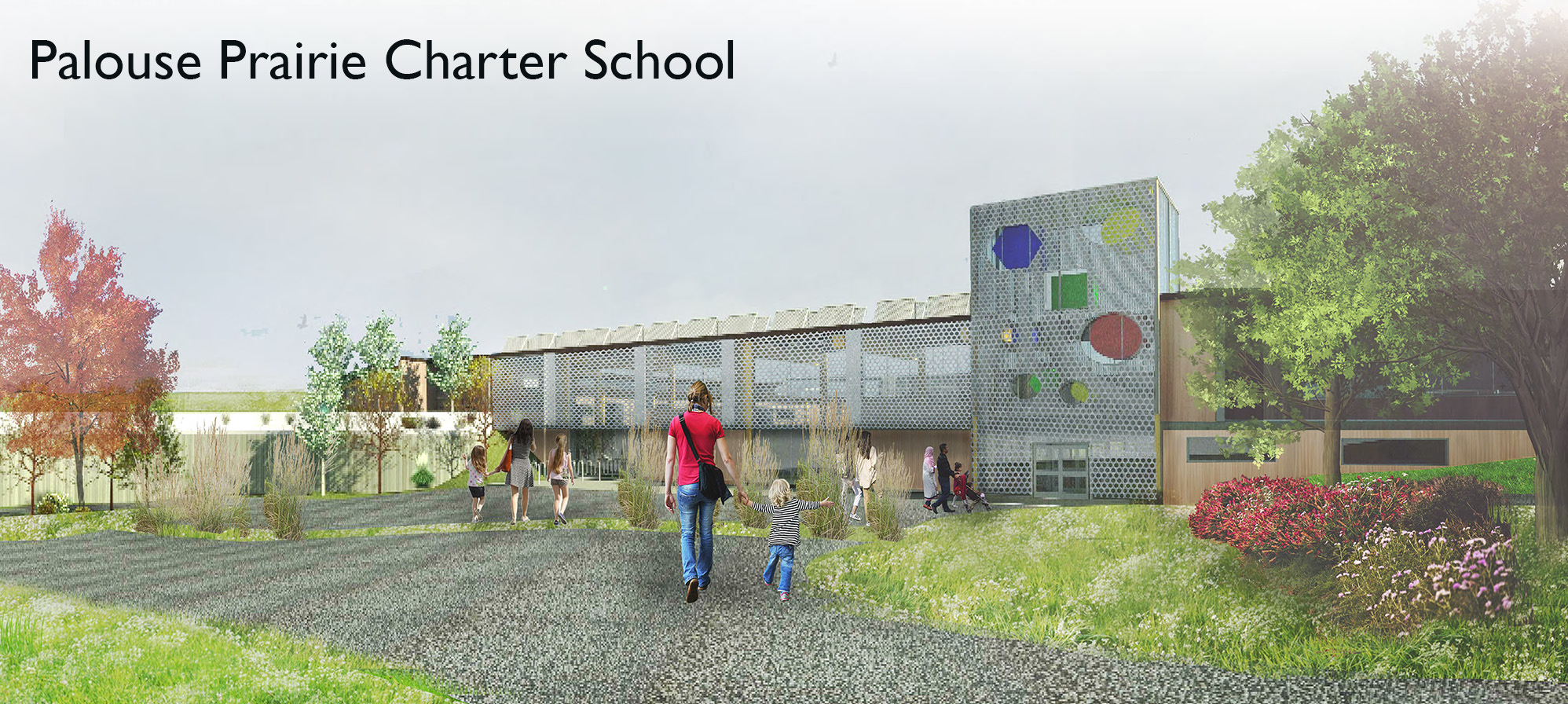 |
| Spring 2018 Southmere Village Library, Thamesmead |
|||
|
Shudan
He Baoning Sun Gaelle Sawadogo |
Haonan Xu Giovani Florenca Chase Macaw |
Nicole
Collie Becca Behrens |
Deaona
Swager Adam Harfman Addy Nolan |
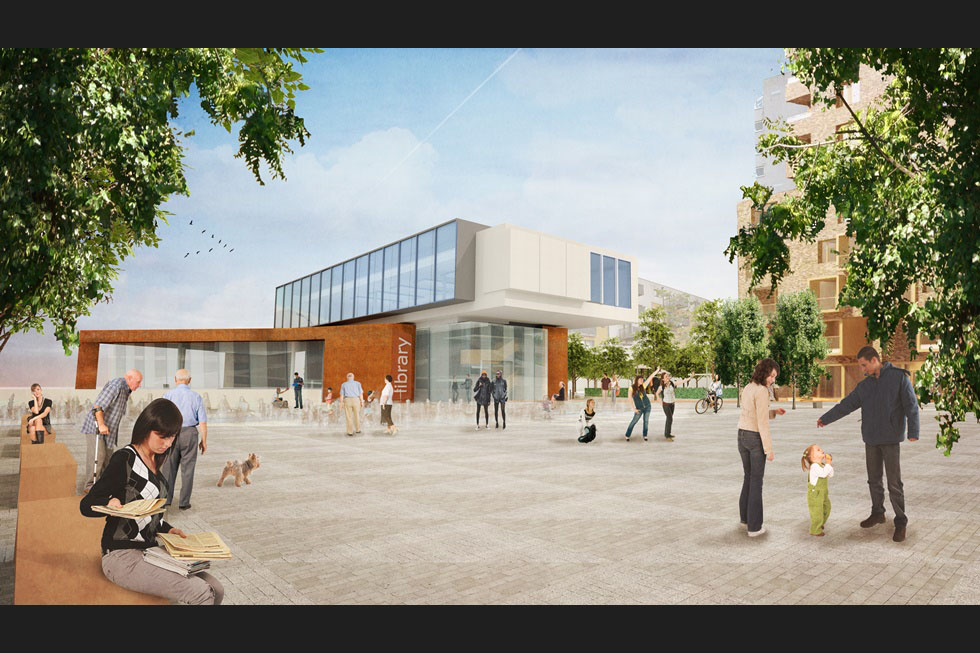 |
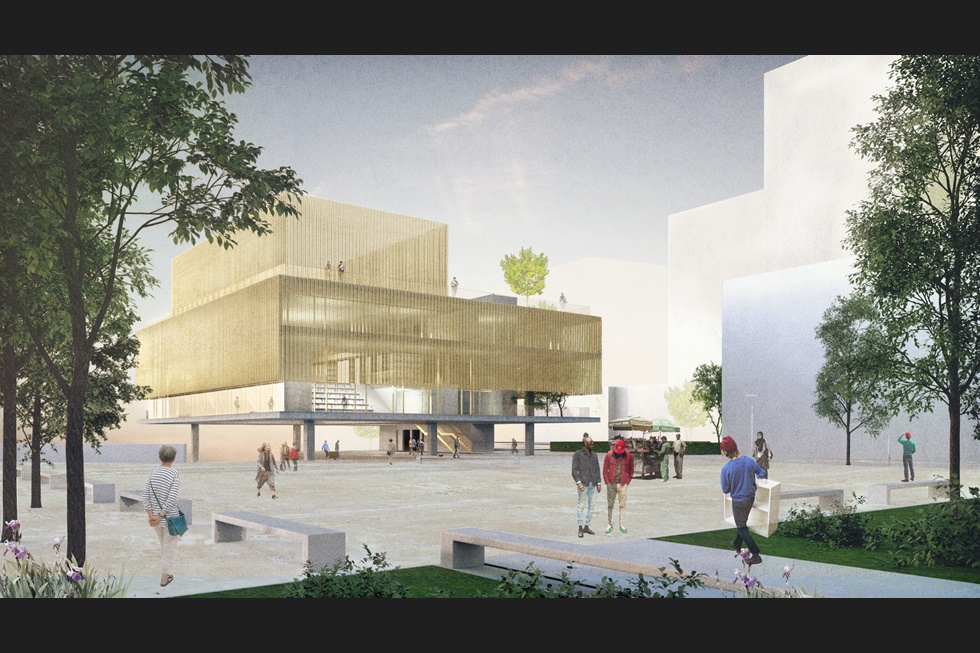 |
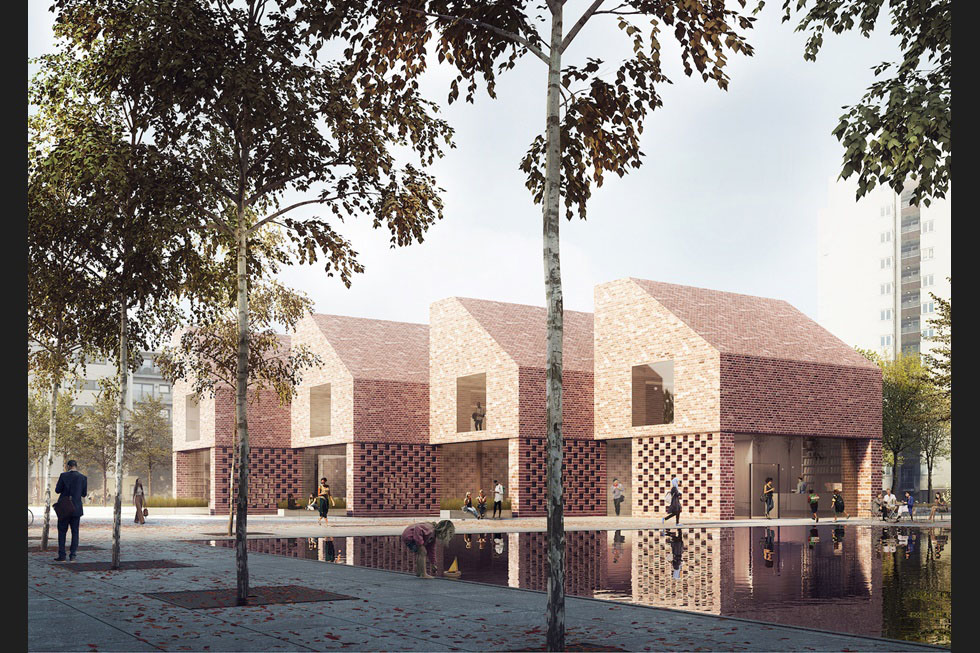 |